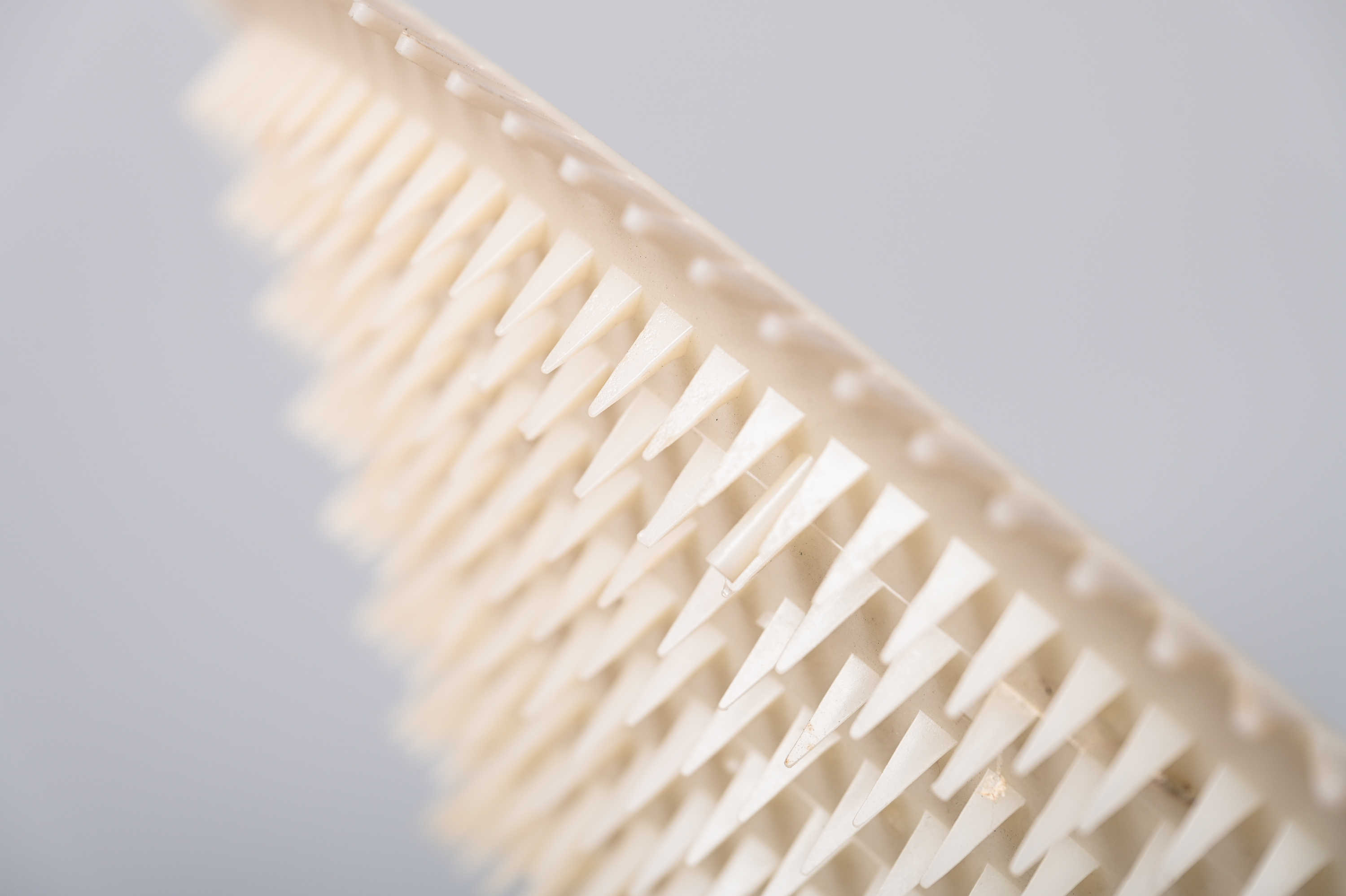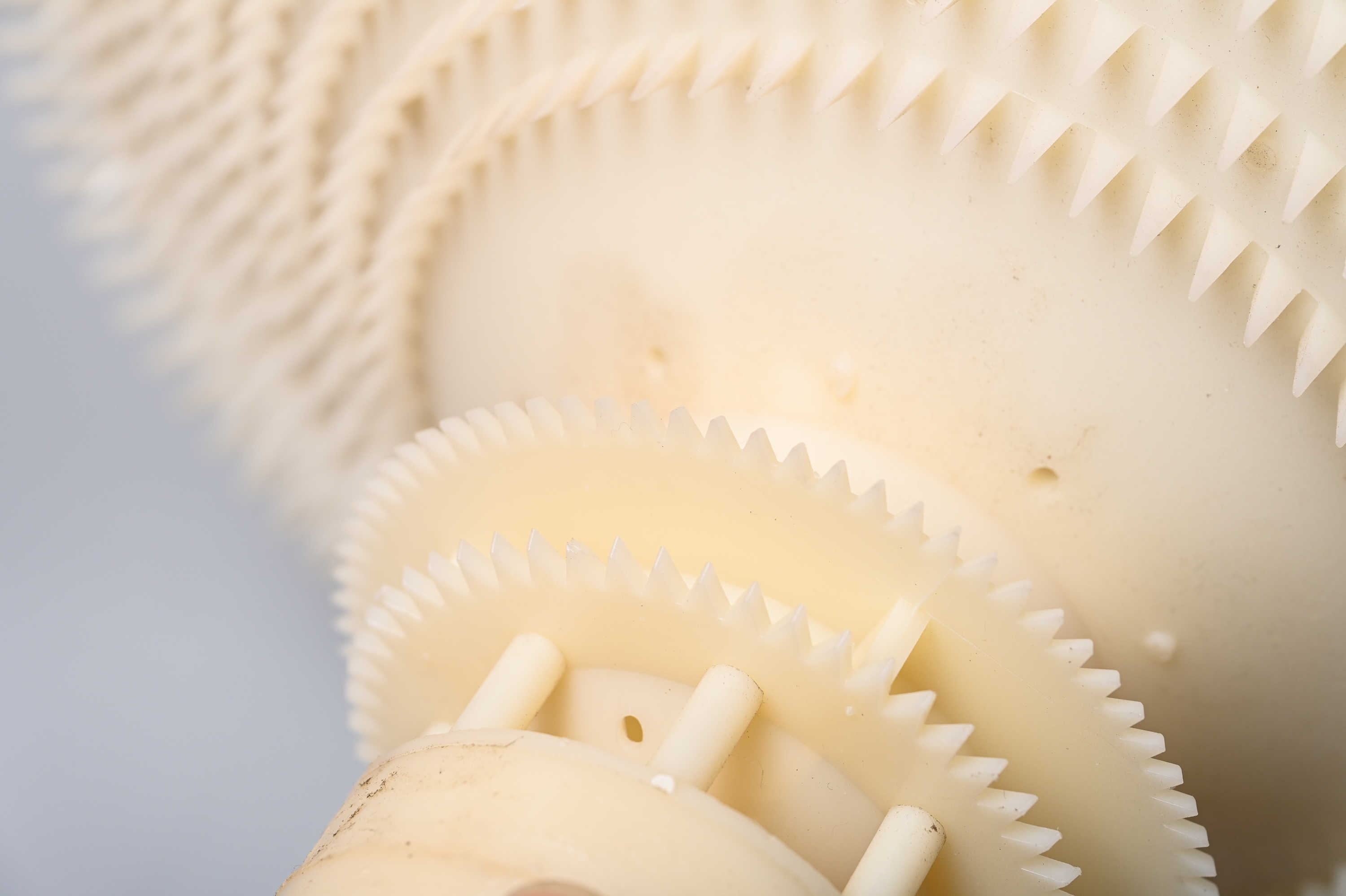Rotary aerator
Unit:
Size:
Price: FOB
Rotary aerator is a common aeration equipment, the following is its detailed description:
1. Working principle: The tangential introduction of gas is used to make the air flow produce strong rotation and mixing, so that the air is evenly distributed to the water body.
2. Structural features:
1. It is usually composed of aeration disc, deflector hood and other parts.
2. There are a large number of small pores on the aeration disc.
3. Advantages:
1. Good aeration effect, can effectively improve the concentration of dissolved oxygen in water.
2. Mixed evenly, conducive to the growth and metabolism of microorganisms.
3. Relatively low energy consumption, energy saving and environmental protection.
4. Scope of application: Widely used in sewage treatment, aquaculture and other fields.
5. Performance parameters:
1. Aeration capacity.
2. Oxygen utilization rate.
3. Dynamic efficiency, etc.
6. Selection points:
1. Select the appropriate type and quantity according to the size, depth and treatment requirements of the water body.
2. Consider the aerator material and corrosion resistance.
7. Installation requirements:
1. Install firmly to avoid loosening and falling off.
2. Ensure that the aeration disc is level to ensure even aeration.
8. Precautions for use:
1. Check and maintain regularly to clean up blocked air holes.
2. Prevent foreign bodies from entering the aerator and affecting the aeration effect.
3. Pay attention to the service life of the aerator and replace the damaged aerator in time.
The rotary aerator plays a key role in the water treatment process, which can improve the treatment efficiency and water quality.
10 yuan/piece




